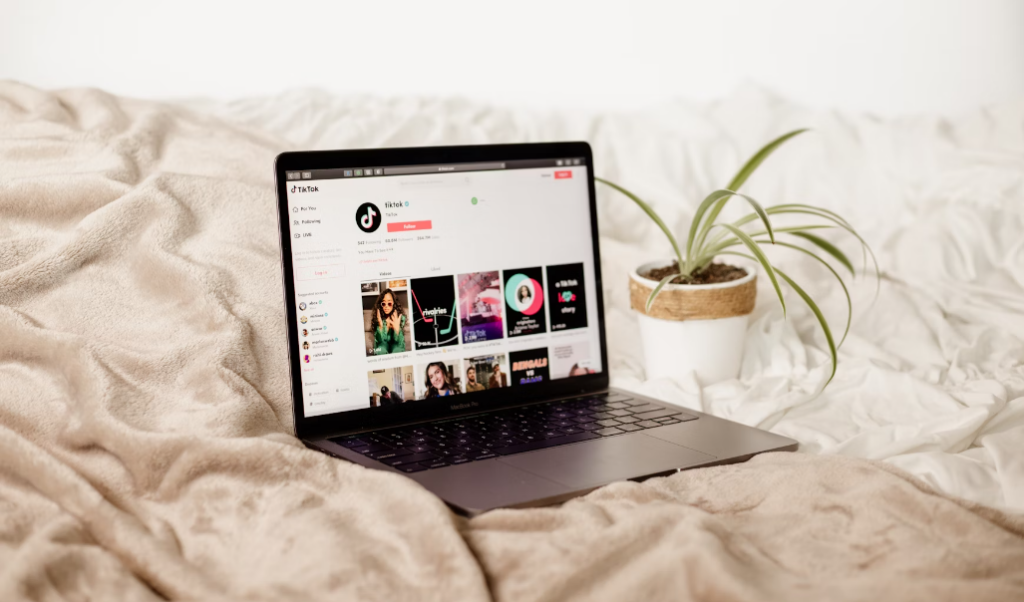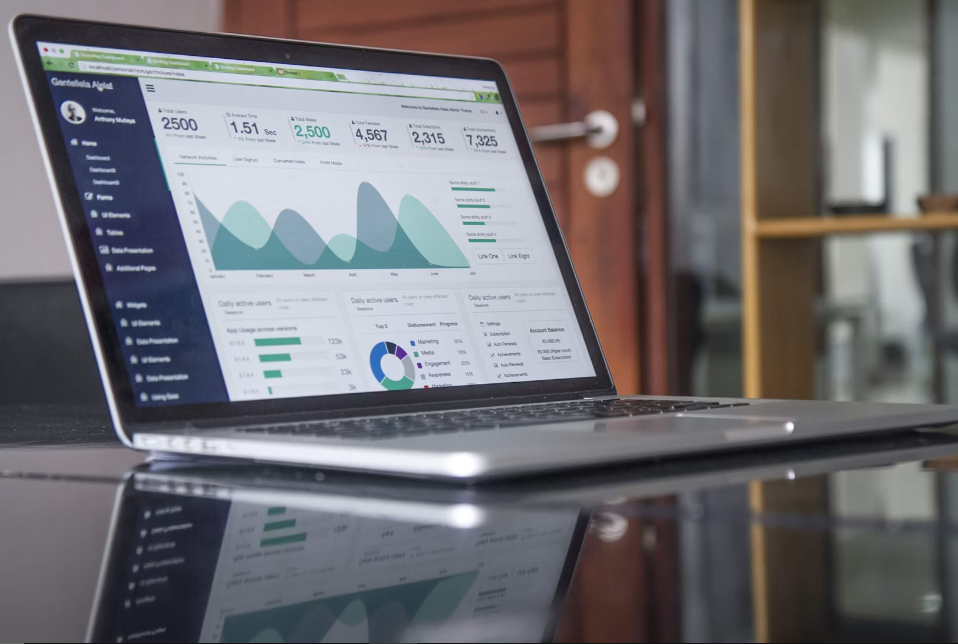Fake followers are everywhere. Social media is filled with bot accounts, inactive profiles, and engagement farms that inflate numbers without adding real value. For brands and influencers, this can be a serious problem.
Brands risk partnering with influencers who appear to have large audiences but lack real engagement. Meanwhile, influencers with genuine followings may struggle to stand out against those who buy fake followers.
Therefore, learning how to spot fake followers is essential for credibility, engagement, and long-term success. This guide will show you how.
Want to know how to spot fake followers? Learn how to detect bots, ghost accounts, and engagement fraud to ensure authentic growth.

Why Fake Followers Are a Problem
Many people assume follower count is the best measure of influence. However, quality matters more than quantity. Here’s why fake followers harm both influencers and brands that use influencers:
- Low Engagement Rates—Fake followers don’t interact with content, making an account’s engagement rate drop.
- Damaged Reputation—Brands that work with influencers who have fake followers may lose trust in influencer marketing.
- Wasted Marketing Budget—Companies spend money on campaigns that don’t reach real people.
- Algorithm Penalties—Social media platforms detect fake followers and may reduce reach or even suspend accounts.
Now, let’s break down how to identify fake followers.
Check Follower-to-Engagement Ratio
A healthy account shows a balanced relationship between followers and engagement. If someone has 100,000 followers but only gets 200 likes per post, something is off.
Look at:
- Likes-to-followers ratio—This should be around 1%-5% for most influencers.
- Comment section—Does it have genuine, relevant comments? Or is it filled with generic phrases like “Nice post!”?
- Shares & Saves—High engagement often includes shares and saves, not just likes.
A sudden spike in followers without a matching increase in engagement could mean that fake followers were purchased.
Analyze Follower Profiles
Not all followers are real. Some accounts exist solely to inflate follower counts. To check for fake profiles, look for these signs:
- No profile picture—many fake accounts use default images or stolen photos.
- Random usernames—a mix of letters and numbers (e.g., @user56892)—are a red flag.
- Little to no activity—If they have no posts, followers, or engagement, they might be bots.
- Suspicious comments—If multiple accounts comment the same thing on different posts, it could be a bot farm.
Most importantly, fake followers often follow thousands of people but have very few followers themselves.
Look at Growth Patterns
A sudden jump in followers without viral content or collaborations is a major warning sign. Use tools like:
- Social Blade—Tracks follower growth over time.
- IG Audit (Instagram-specific) – Estimates the percentage of real vs. fake followers.
- HypeAuditor—Provides insights into audience authenticity.

If an account gains 10,000+ followers overnight, but its engagement remains the same, it’s likely due to purchased followers.
Test for Authentic Engagement
Real engagement comes from real people. Fake followers don’t interact meaningfully. Here’s how to test authenticity:
- Ask a question in the comments—fake accounts rarely reply.
- Check engagement on older posts—if only recent posts have engagement, bots may have been used temporarily.
- Look at follower locations—a Nigerian influencer with thousands of followers from unrelated regions (e.g., Russia or India) might have fake followers.
Use Audience Analysis Tools
Several tools help identify fake followers:
- Modash audits influencers’ audiences for authenticity.
- Heepsy – Provides influencer analytics, including fake follower detection.
- TrendHERO—Checks influencer credibility before brand collaborations.
These tools reveal fake vs. real engagement and help brands make informed decisions.
Observe How Brands Interact
Influencers with real engagement often collaborate with brands regularly. If an influencer has a massive following but few or no brand partnerships, brands may have detected fake followers.
Brands should:
- Check past collaborations—are they working with reputable brands?
- See brand interaction—do brands engage with their content?
- Look for influencer reviews—if an influencer has fake followers, past collaborations may have failed.
Watch for Repetitive Comments
Fake followers often come with fake engagement. If multiple comments look similar, they may be bot-generated. For example:
“Nice content!” “Great post!” “Love this!” (Repeated under every post)
“I love how you explained this topic!” (Genuine and detailed)
Real followers leave thoughtful and unique comments. Bots don’t.
How to Avoid Fake Followers
For influencers:
- Grow organically—focus on real engagement instead of numbers.
- Avoid buying followers—it damages long-term credibility.
- Engage with your audience—build a genuine community.
For brands:
- Vet influencers properly—don’t rely on follower count alone.
- Use tracking tools—ensure engagement is real before partnering.
- Prioritize micro-influencers—they often have higher authentic engagement than mega-influencers.
Final Thoughts
Fake followers deceive brands and harm influencer credibility. Therefore, spotting them is essential for authentic collaborations and successful influencer marketing.
At Aktivate, we make influencer marketing seamless by connecting brands with genuine, high-quality influencers. Our platform helps brands track engagement, analyze influencer authenticity, and run impactful campaigns.
Want to partner with real influencers? Book a demo session with Aktivate today and grow your brand with authentic engagement!




